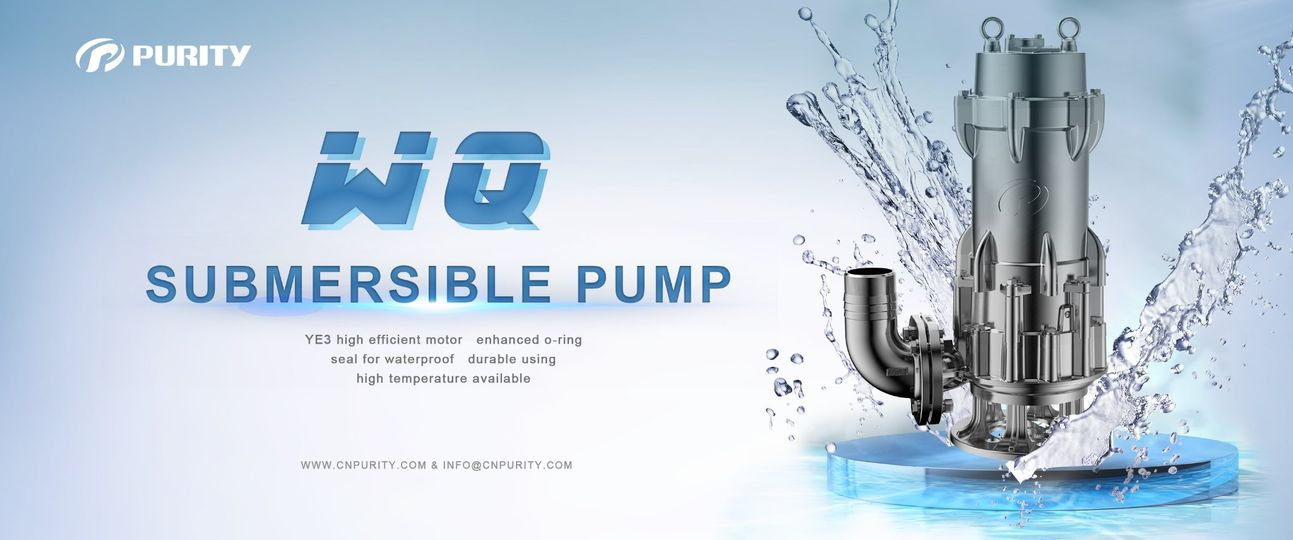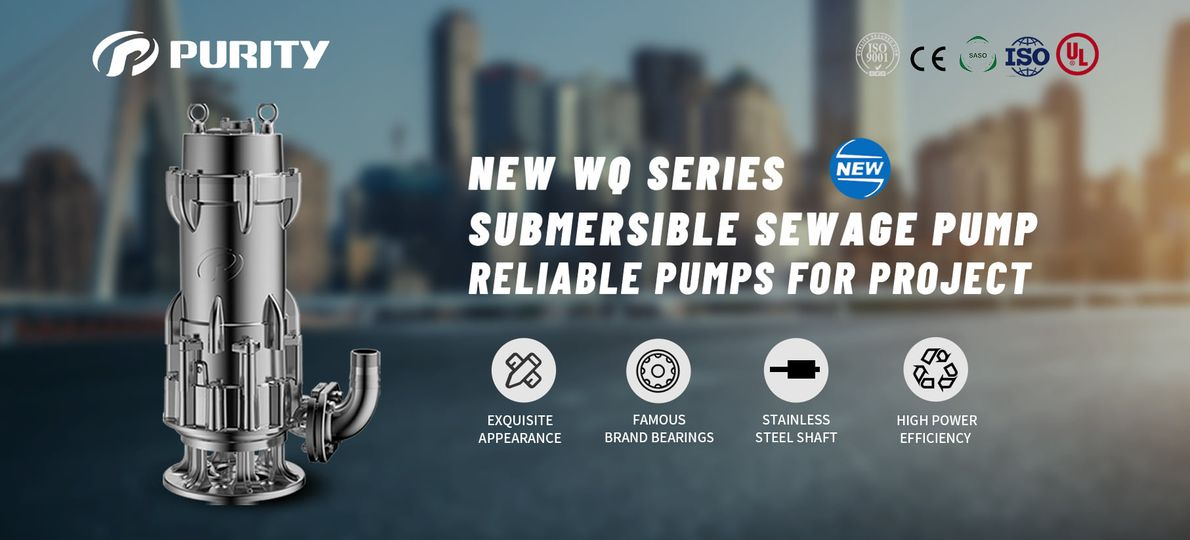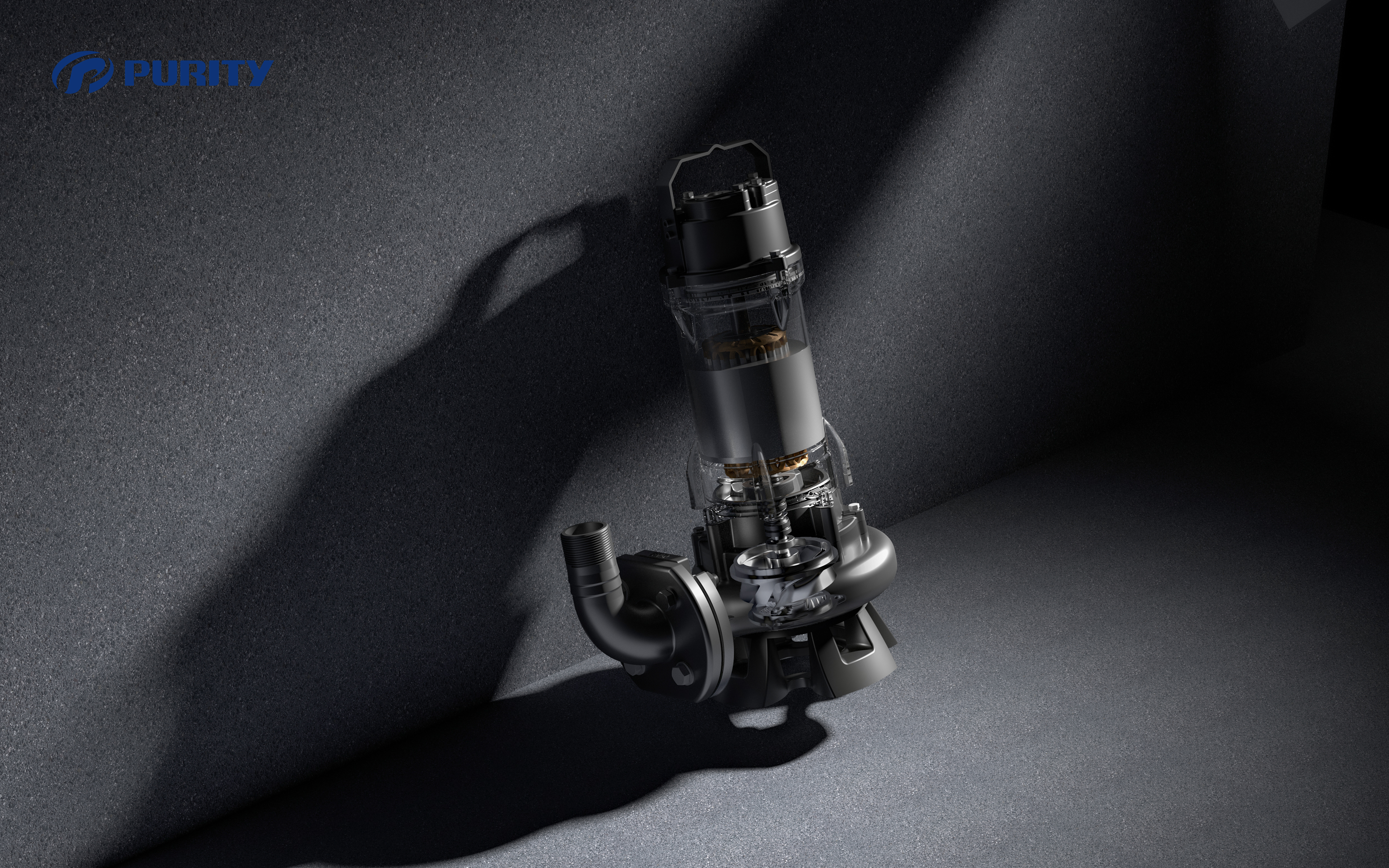A sewage water pump is an essential device in residential, commercial, and industrial settings, designed to transport wastewater and sewage from one location to another, typically from a lower elevation to a higher one. Understanding how a sewage submersible pump works is crucial for ensuring its proper operation and maintenance.
Basic Principles of Operation
Sewage water pump operates on a straightforward principle: they use mechanical action to move wastewater and solids from a collection point to a disposal area. Sewage water pumps are typically submersible and placed in a sump basin or a sewage pit. When wastewater enters the basin and reaches a certain level, a float switch activates the pump, initiating the pumping process.
Key Components of a Sewage Submersible Pump
Pump Motor: The motor provides the mechanical energy required to drive the impeller, which is the component responsible for moving the sewage.
Impeller: The impeller’s blades spin rapidly, creating centrifugal force that propels the sewage through the pump’s discharge pipe.
Casing:Sewage submersible pump casing encloses the impeller and directs the flow of sewage, ensuring efficient movement from the inlet to the outlet.
Float Switch: The float switch is a crucial sensor that detects the liquid level in the basin and signals the electric sewage pump to start or stop accordingly.
Discharge Pipe: This pipe carries the pumped sewage to a septic tank, sewage system, or treatment facility.
Step-by-Step Operation
Activation: When wastewater enters the sump basin, the liquid level rises. Once the float switch detects a predefined level, it activates the sewage submersible pump motor.
Suction Process: The pump’s impeller creates suction, pulling wastewater and solids through the inlet.
Centrifugal Action: As the impeller rotates, it generates centrifugal force, pushing the wastewater outward and directing it toward the discharge pipe.
Discharge: The wastewater flows through the discharge pipe to its designated location, such as a sewer system or septic tank.
Deactivation: Once the liquid level in the basin drops below the float switch’s threshold, the sewage water pump shuts off automatically.
Advantages of Sewage Water Pump
Sewage water pumps are highly efficient and capable of handling solid materials, making them suitable for various applications. Their submersible design allows them to operate quietly and remain hidden from view. Additionally, they prevent flooding and ensure the safe and sanitary transportation of wastewater.
Maintenance and Care
Regular maintenance is essential to keep sewage water pump functioning optimally. This includes cleaning the pump and basin, inspecting the float switch, and checking for any blockages or damage to the impeller and casing. Proper care can extend the pump’s lifespan and reduce the risk of system failures.
Purity Sewage Submersible Pump Has Unique Advantages
1. The overall structure of the sewage submersible pump is compact, small in size, disassembled and easy to maintain.
2. Ultra-wide voltage operation, especially during peak power consumption, Purity sewage submersible pump solves the common phenomenon of starting problems caused by voltage drop and high temperature during operation.
3. Purity sewage submersible pump uses stainless steel welded shaft to improve the rust resistance of the shaft. At the same time, epoxy glue filling of cables can increase the service life.
 Figure| Purity Sewage Submersible Pump WQ
Figure| Purity Sewage Submersible Pump WQ
Conclusion
Sewage water pump plays a vital role in modern wastewater management systems. By understanding their operation and components, users can ensure efficient and reliable performance, contributing to better sanitation and environmental protection. Lastly,Purity pump has significant advantages among its peers, and we hope to become your first choice. If you are interested, please contact us.
Post time: Jan-10-2025




